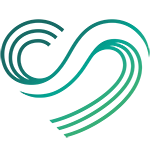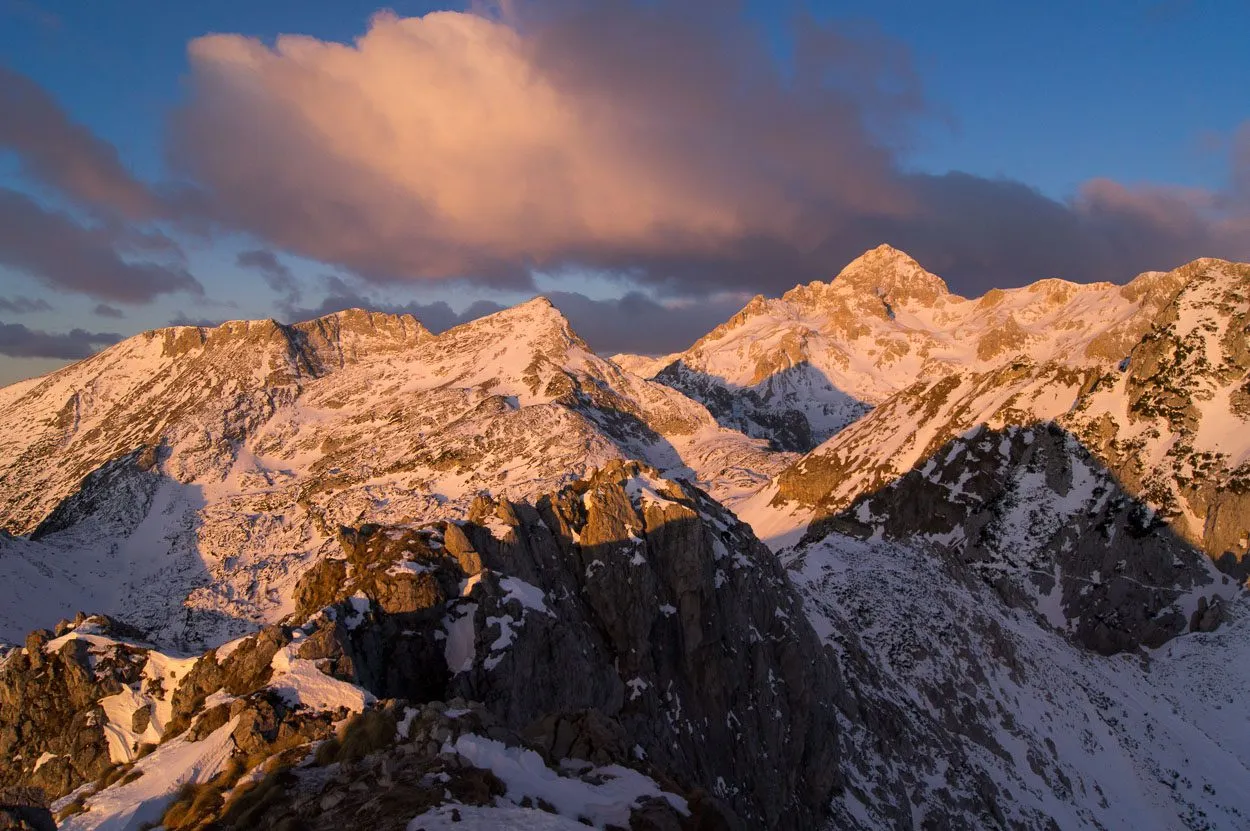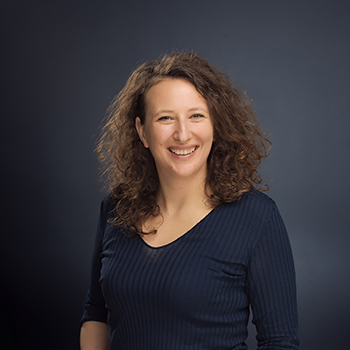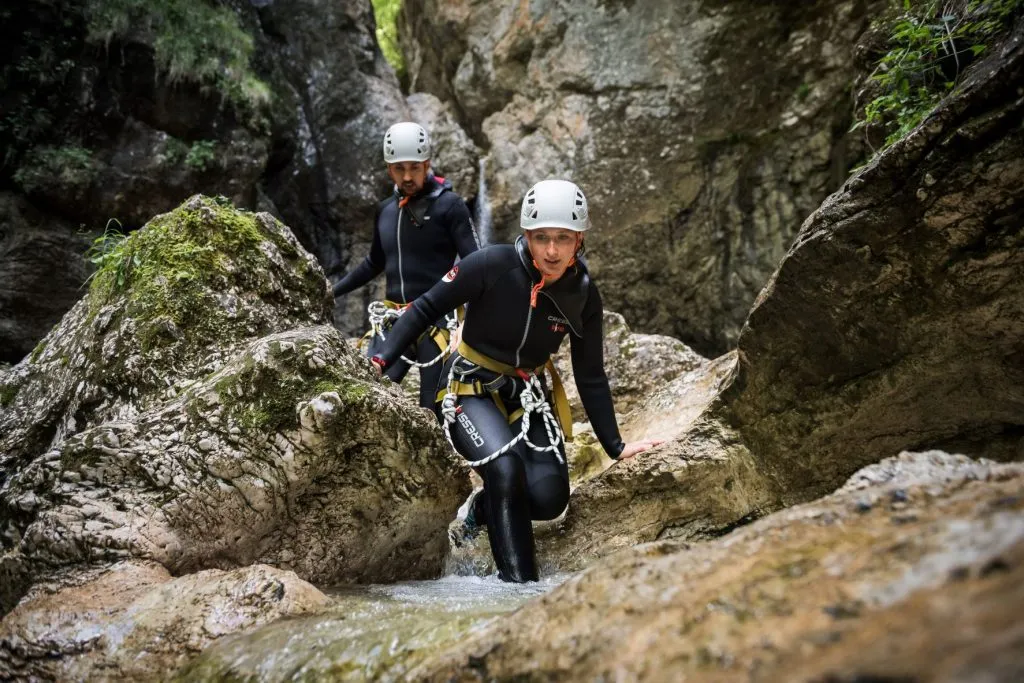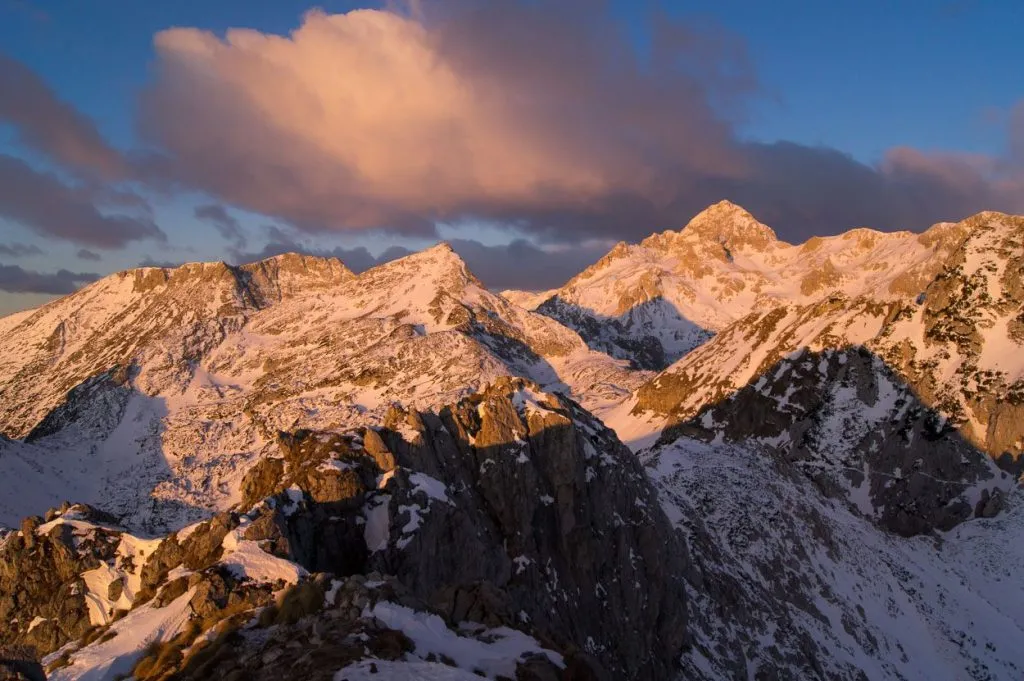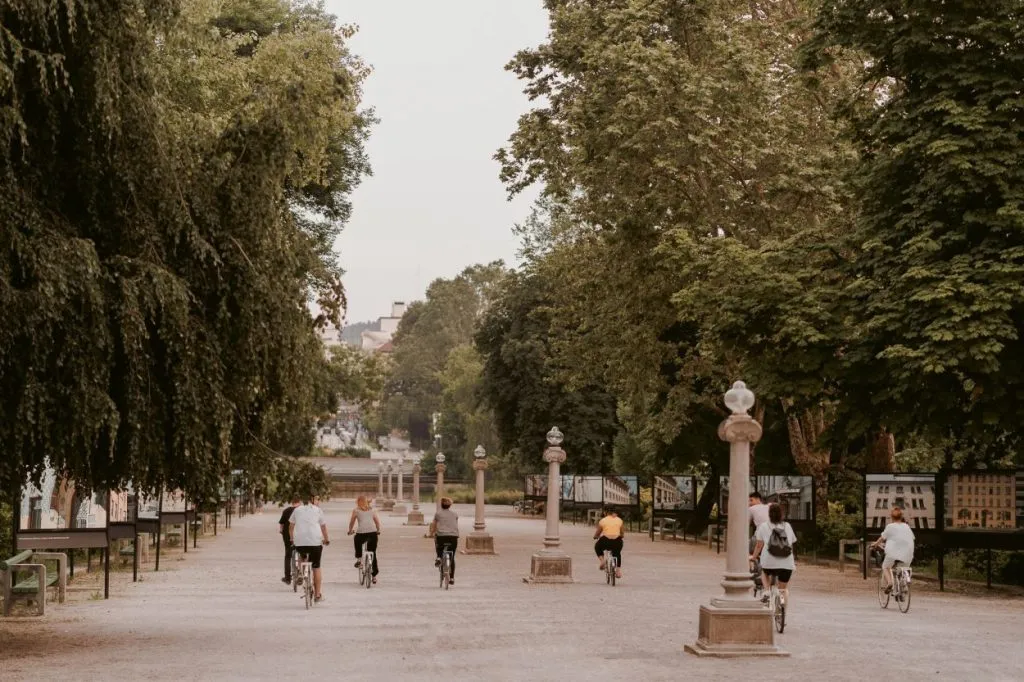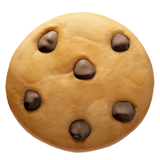“The mountains are calling and I must go.”
– John Muir
Slovenia is (also) an Alpine country. In the north and northwest, along the borders with Italy and Austria, stretch the Kamnik-Savinja Alps, the Karawanks and the Julian Alps. For obvious reasons, these magnificent ranges are called the Higher Alps. Slightly lower is the densely forested and still very hilly subalpine terrain, the main range of which is Pohorje, located in the east.
Collectively, we refer to these regions simply as the Slovenian mountains.
These majestic giants guard the hidden valleys, glacial lakes, highland pastures and deep gorges and ravines, cut by turquoise and emerald rivers. And this wonderful world is as fascinating to look at as it is to explore. The locals should know, as a great deal of their culture is tightly connected to this wild terrain, which has been their source of life for centuries.
Visiting the Slovenian mountains
To get a glimpse into this life and the nature that sustains it, the best way is to go there. Hike through the forests, up the foothills that lead into the mountains. Walk around, paddle on, and swim in the lakes. Raft down the rivers, visit the gorges and waterfalls. Ascend to the peaks, ski down the slopes, climb the rocky faces, and breathe… Breathe in the pure mountain air, marvel at the alpine fauna, breathe some more, and take it all in. But first, you’ve got to get there.
On the edge of this mountainous place lies the spacious Ljubljana Basin, which contains Slovenia’s capital of the same name. Easy to get to, captivating to visit, Ljubljana is just 20 minutes from the international airport and an hour’s drive to where the alpine fun begins. An excellent network of motorways and regional roads makes traveling a dream. Renting a car is, of course, the best way, but the bus connections are frequent, cheap and reliable, too.
For a personalized vacation option, you can also book a Private tour with your private driver.
Bled and Kranjska Gora – gateways to the Slovenian Alps
Bled is probably among Slovenia’s most talked-about attractions. Lake Bled prides itself with a lonely island in its center and an ancient stone castle atop a nearby cliff. Kranjska Gora is an all-year-round skier’s and hiker’s hub. Besides possessing the right ingredients for a fantastic family holiday all on their own, these places are perfect bases for exploring the mountains.
Accommodations are plentiful and come in the form of hotels, campsites, glamping areas, cottages, and private guesthouses. Although there are other centers and villages sprinkled around the Alps, these two towns are the most optimal for renting or buying equipment, gathering information about the mountains, hiring guides, and booking trips. Bled and Kranjska Gora are conveniently situated on the outskirts of the Triglav National Park or hikers’ paradise.
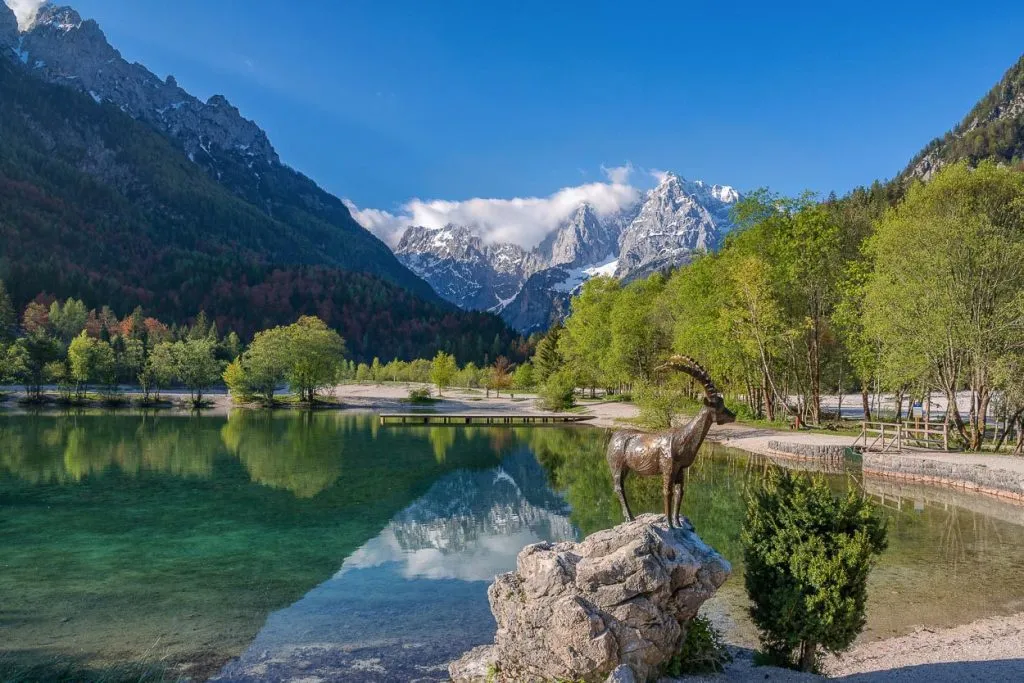
Triglav National Park and the wonders it holds
It’s the only national park in Slovenia and one of the oldest in Europe. It covers 4% of the Slovenian territory and a huge portion of the country’s Julian Alps. The park is named after Slovenia’s highest peak, Mount Triglav, and was established in 1981 to protect the pristine natural and cultural landscape within its boundaries. Hundreds of alpine plants grow here, including rare endemic species. Among the wild animals that roam the park are the ibex, red deer, chamois, brown bear, and the lynx. Plus 84 bird species, ruled by the golden eagle.
Hiking in the mountains is for everyone
It’s not only the animals that run free, so do you. Visitors to the mountains are bombarded with outdoor activities. Lush green forests and towering peaks are meant for hiking. Like skiing, hiking is Slovenia’s pastime. Many weekends are spent by thousands taking trips to the hills and mountains. And who can blame them? The exercise is great, the views spectacular, and getting to the starting points is easy and quick.
The Triglav National Park alone has so many hiking trails of varying difficulty. From taking a stroll around Lake Bohinj or a longer hike down the Pokljuka Trail to much more demanding yet doable ones like ascending Triglav. Another incredibly fun mountain activity is hut-to-hut hiking, where you get to visit different landscapes and stay in really cute traditional mountain huts.
You can tackle the trails on your own or hire a tour guide. For the more advanced adventurers, rock climbing and mountaineering are also popular. Whichever alpine activity you opt for, do make sure you put safety first.
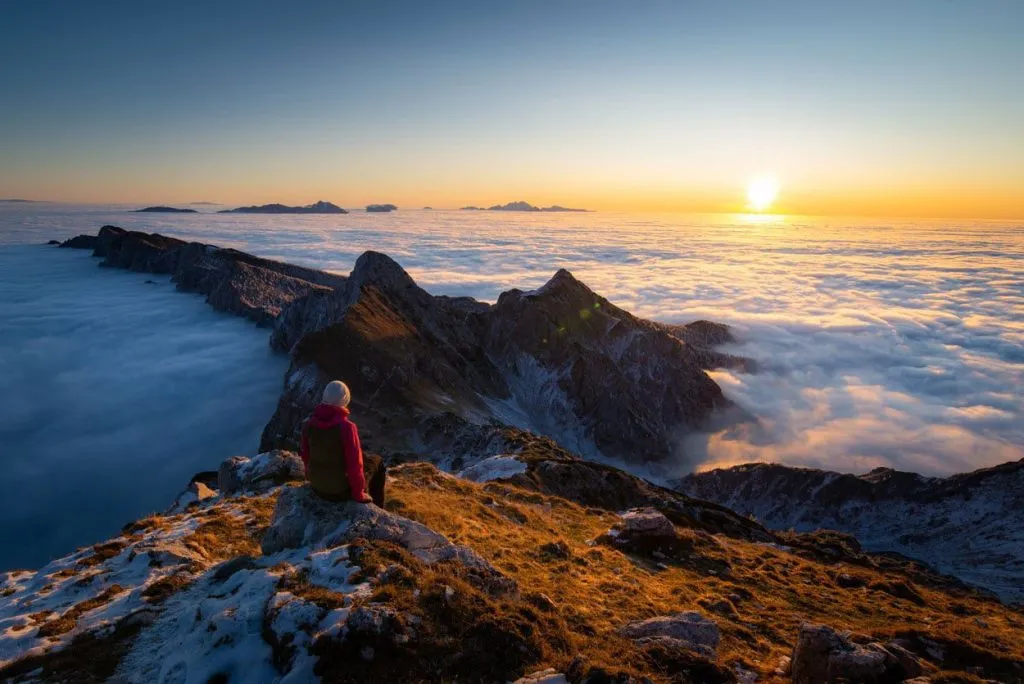
Water activities on the rapid rapids or laidback lakes
Rivers and lakes offer many activities for mountain lovers, including swimming, fishing, and stand-up paddling for those who wish to relax on calm water surfaces of lakes Bled or Bohinj. There are of course many other lakes to visit. The Triglav Lakes Valley is out of this world, and if you’re looking for solitude, you’ll find it at less known yet beautiful lakes like the Križ Lakes or the Duplje Lake.
Thrill-seekers will be pleased to know that white-water rafting is available on crystal-clear rivers. The Soča River will leave you speechless, either because of its beauty or because you’ll be screaming your lungs out going down its rapids. Another unforgettable experience is canyoning, which allows you to follow mountain streams by sliding down narrow natural slides.
Skiing in the Slovenian mountains is a wintertime must
During winter, the Slovenian mountains are literally a winter fairy-tale. Going on a ski holiday to Slovenia means exploring a snowy wonderland. There are 50 ski resorts to choose from. They might not be as large as some of their famous European counterparts, but that’s exactly what makes them so special. Fewer crowds, more enjoyment. You can ski, snowboard, or sled amid magnificent mountains and lakes, then visit the Christmas market in Ljubljana. All in one day.
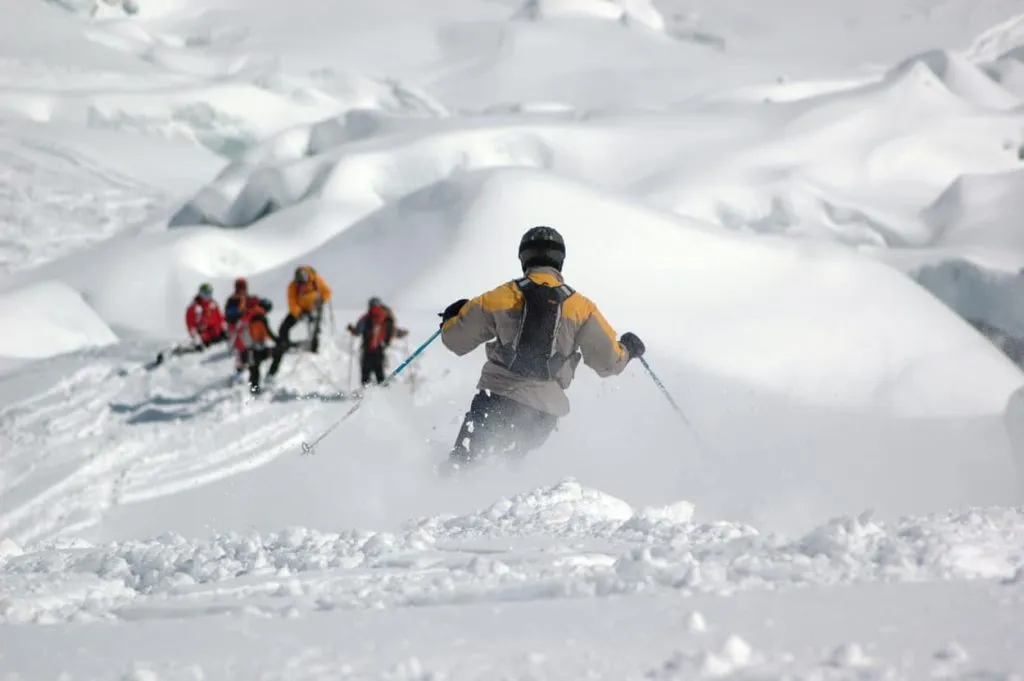
Accommodations in the Slovenian mountains
Besides ski resorts and all-inclusive tourist hubs like Kranjska Gora, Bled, and other bigger towns and villages, camping and glamping are also a very appealing way of staying in the mountainous areas of Slovenia. Note that the high season in winter runs from November to late March and the summer season stretches from May to late September, so booking any accommodations in advance is key to a stress-free holiday.
You can always opt for a no-hassle holiday with Slovenia Holidays or if you feel up for it, why not try s self-guided holiday?
Either way, you’ll have a time of your life! 🙂
